The history of Ancient Egypt still fascinates not only young children, but also adult men and women. Many people flock to this place to unravel the mysteries of its perfect pyramids. 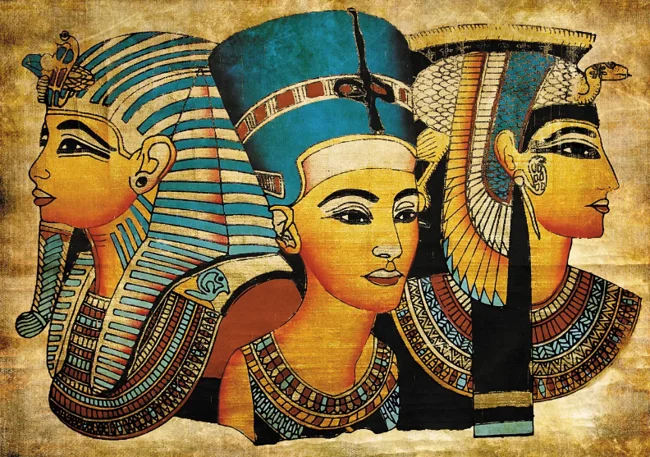
Pyramid manufacturing technology
The pyramids have existed for many thousands of years, tourists regularly go on excursions to look at them up close, and scientists regularly explore them inside and out. However, they were never able to explain how such an ancient civilization was able to build these magnificent buildings. 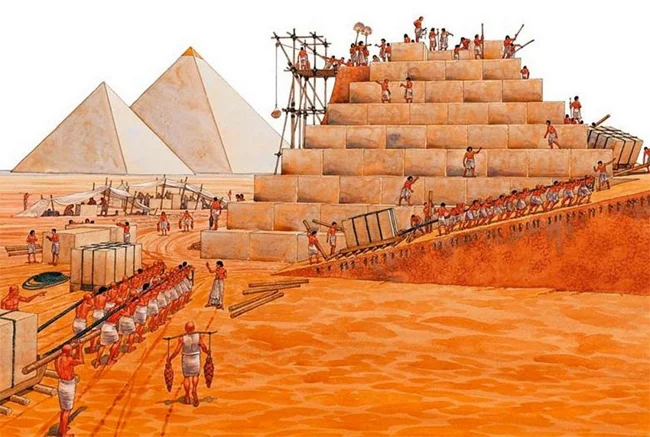
According to some theories put forward by researchers, the blocks, each weighing up to 70 tons, were made exactly where they were supposed to stand when the pyramid was built. That is, each individual “cube” was built in place, without the need to move them from place to place.
However, other researchers do not find sufficient evidence for this theory, so in textbooks on the history of the ancient world you can find colorful illustrations of thousands and thousands of slaves dragging blocks on ropes.
Mummy wrapped in a foreign book
The burial of the deceased pharaohs in Ancient Egypt is worthy of a separate story. This civilization came up with the idea of carefully extracting and preserving individual organs of the dead, as well as embalming and mummification, which made it possible to preserve the first persons of the state of that time almost untouched by time.
However, not all mummies were simple. For example, in the mid-19th century, a man bought a mummy from an Alexandrian merchant, and then displayed it for years as an interior decoration. 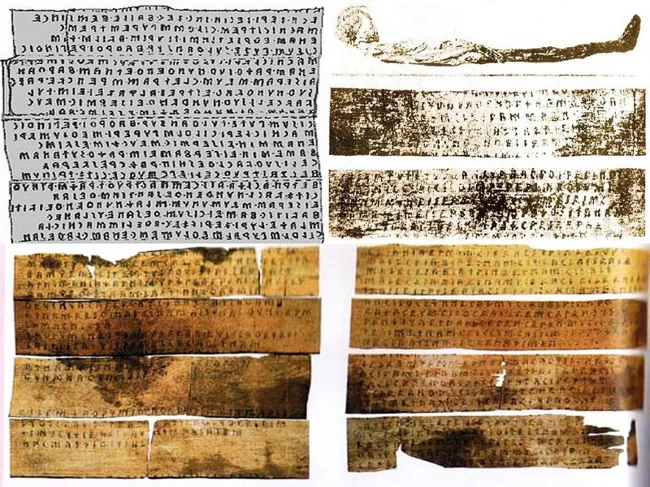
But then he noticed something strange about the artifact. Experts found that the purchased mummy, under bandages, was wrapped in something that strongly resembled an ancient book.
It was later discovered that the mummy was wrapped in a book written in Etruscan, the language of the people then living on the Italian peninsula. Besides the fact that their language has not been fully revealed to this day, this text is the largest text written in this language.
Curse of Tutankhamun
Many books have been written about this and even several science fiction films have been made. And the inhabitants of Egypt themselves sometimes sincerely believe that the tombs of the pharaohs, where countless precious utensils of the monarchs were stored for the subsequent afterlife, were specially enchanted so that thieves would not plunder the property of the deceased. 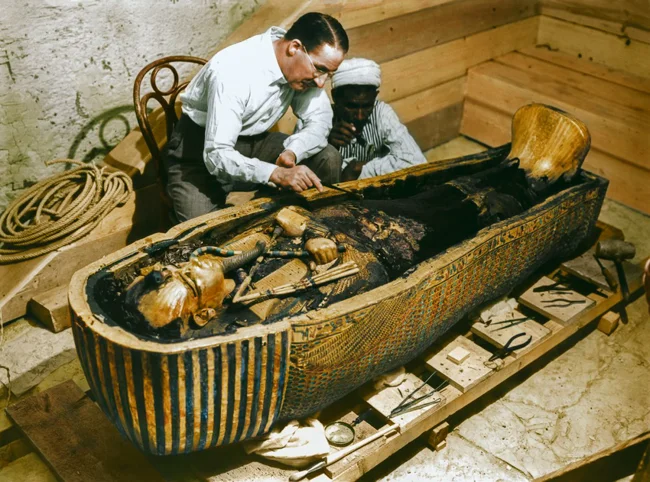
Howard Carter The Tomb of Tutankhamun
The tomb of Tutankhamun, discovered on November 6, 1922 by Howard Carter and George Carnarvon, deserves a separate story about curses. According to legend, on the day of the excavation, Carter discovered the inscription “Death will spread its wings on all who disturb the peace of the pharaoh.”
According to factual data, a number of members of the excavation team died within several years. And by 1930, only Carter himself remained alive.
Many researchers have been struggling for a long time to unravel this story. Some of them suggest that the explanation for the “curse” is a special poison applied to the walls of the tomb, but there is no evidence for this.
Ruined Pyramid of Djedefre
Pharaoh Djedefre or Ratoise wanted to surpass his predecessors in greatness and become the owner of the largest pyramid that existed in Egypt. The pharaoh was ready to do everything possible to perpetuate his greatness. 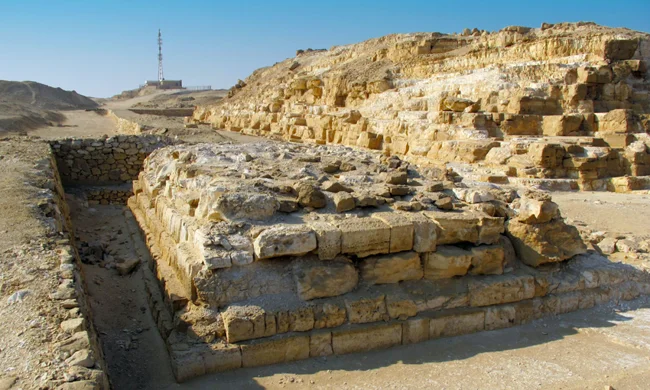
However, he himself did not have enough resources to erect such a huge structure, and therefore the pharaoh solved the problem more cleverly. Ratoise ordered the foundation of his pyramid on the top of the mountain. It would seem that such an idea should really leave his name for centuries.
But by some strange accident, which researchers cannot explain to this day, the pyramid of this particular pharaoh is the only one in Egypt that is completely destroyed. Today, only the foundation remains of it.
The Secret of Nefertiti
According to legend, Nefertiti was the first woman to rule Ancient Egypt, which means she was a very influential woman. However, the mystery of her burial has not yet been revealed. 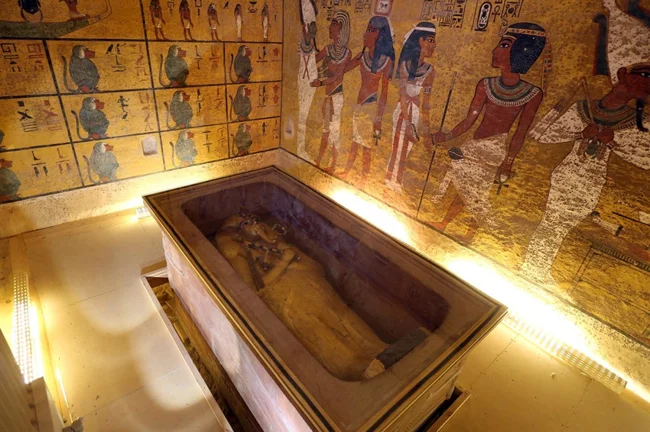
Tomb of Nefertiti ancient Egypt
Many researchers believed that she was buried in a special room in Tutankhamun's tomb, but recent research has refuted this hypothesis.
As a result, scholars have suggested that Nefertiti was never a significant figure, and therefore was simply a beautiful woman beloved in the pharaoh's palace, because there is no evidence of her greatness in Egypt. 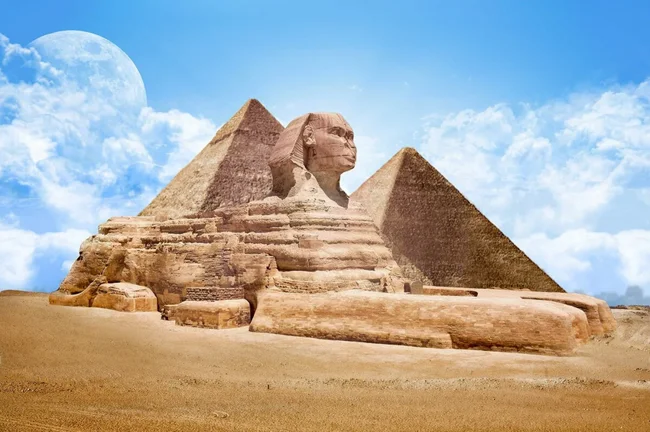
How old is the sphinx?
The great and solemn Egyptian Sphinx has long become a traditional element of most souvenirs brought from Egypt. It has long been studied and explored, and most researchers and historians agreed that the Sphinx of Giza was built about two and a half thousand years BC. However, new discoveries have somewhat undermined this hypothesis.
According to historical sources found, around 2540 BC, when the Sphinx was just about to begin construction, an order was given to maintain the already built monument in working order. This means that it was built much earlier.
In addition, rain grooves were discovered in its structure, which indicate water levels characteristic of an earlier period - 8 thousand years ago. This means that both the Sphinx and the Great Pyramid are much older than thought.
Great Pyramid with secret room
The Great Pyramid was built, according to rough estimates, about four and a half thousand years ago in order to preserve intact the remains of Pharaoh Khufu. The Pyramid can truly be called the Great Pyramid, because more than two million blocks of stones were used for its construction. To this day it remains an incredible structure for its time. 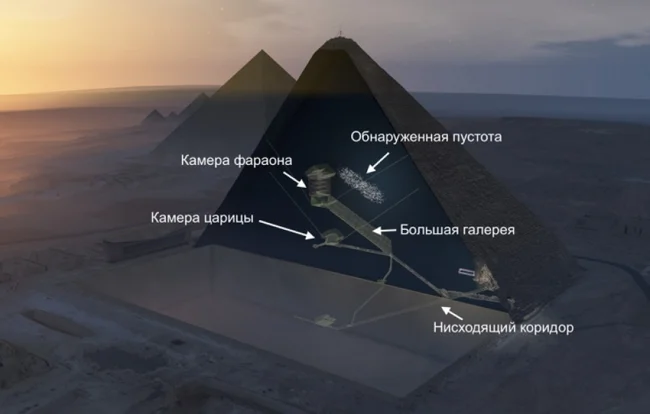
Despite being studied, not so long ago it managed to surprise researchers. In the fall of 2017, during scanning, researchers discovered a “secret room” hidden above the Grand Gallery.
Unfortunately, to date it has not been possible to open the room, so its contents remain completely unknown to scientists. What is in it could only be placed during construction, since the room itself has no paths or entrances.
Dendera lamp
Studying wall frescoes and patterns can also provide many interesting discoveries. For example, on one of the walls of the temple in Dendera there is a very intriguing image that causes amazement.
If the image is not deciphered literally, it turns out that technically the Egyptians were much more savvy than everyone thinks. In the drawing, a snake emerges from a large fireball, which is held by human hands at the base. 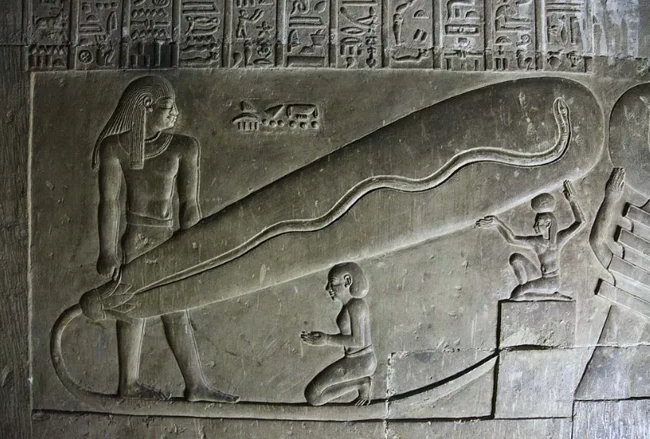
Moreover, the picture is strikingly similar to what is called a Crookes tube or a primitive light bulb, invented around the 19th century.
In addition, this room in the temple is the only one devoid of traces of torches. So they were somehow able to see what was inside without the help of torches? Scientists still don't have an answer.
Kingdom of Punt
According to some records preserved in Ancient Egypt, the Egyptians mentioned the kingdom of "Punt", supposedly located in Africa. The documents indicate that the kingdom was full of gold and other riches.
Moreover, the ancient Egyptian image shows the image of the queen of this kingdom, that is, a woman! The state itself has not been found to this day and it is unknown what modern territory it could be on. 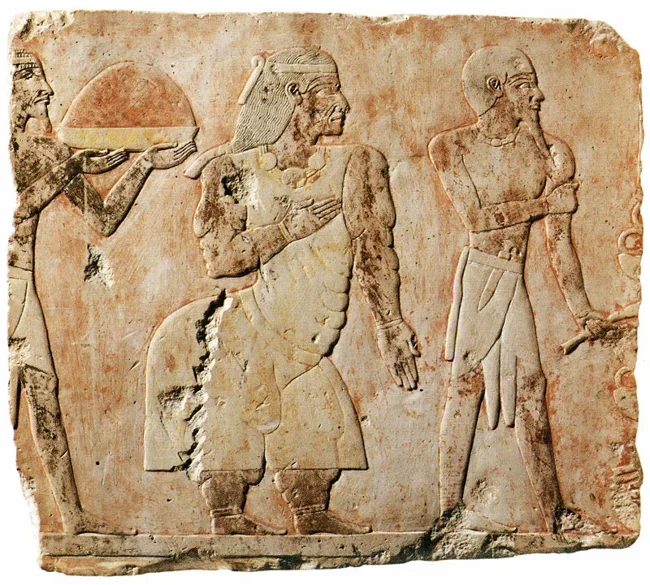
The King and Queen of Punta receive gifts
The only sources of information are two stuffed embalmed baboons, which, apparently, were once an expensive gift from the kingdom of Punt.
And DNA analysis of the stuffed animals indicates that they came from a country located in the territories of modern Eritrea or Eastern Ethiopia.
Israeli Sphinx
And this discovery is very recent. In 2013, the “paws” of an Egyptian Sphynx dog were discovered in Tel Hazor in Israel. According to researchers, the age of the find is about four thousand years. However, where the rest of the figure is is unknown. 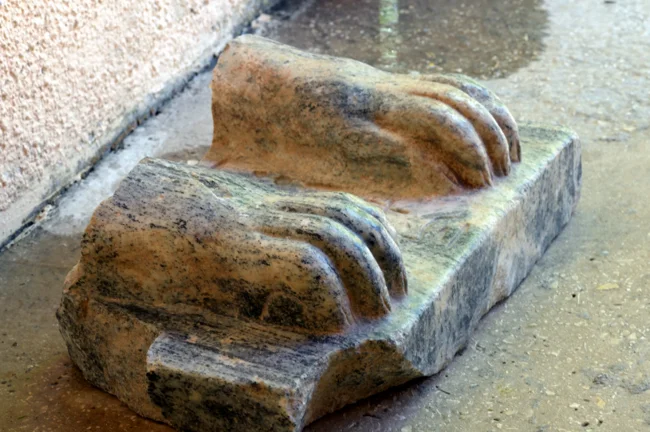
The only clue is an inscription found by archaeologists that reads “King Menkaure.” This is the pharaoh who historians believe led Egypt in the mid-2500s BC.
According to a popular hypothesis, the Sphinx was given as a gift. But perhaps the gift was not liked, and therefore was almost destroyed.
0 comments
